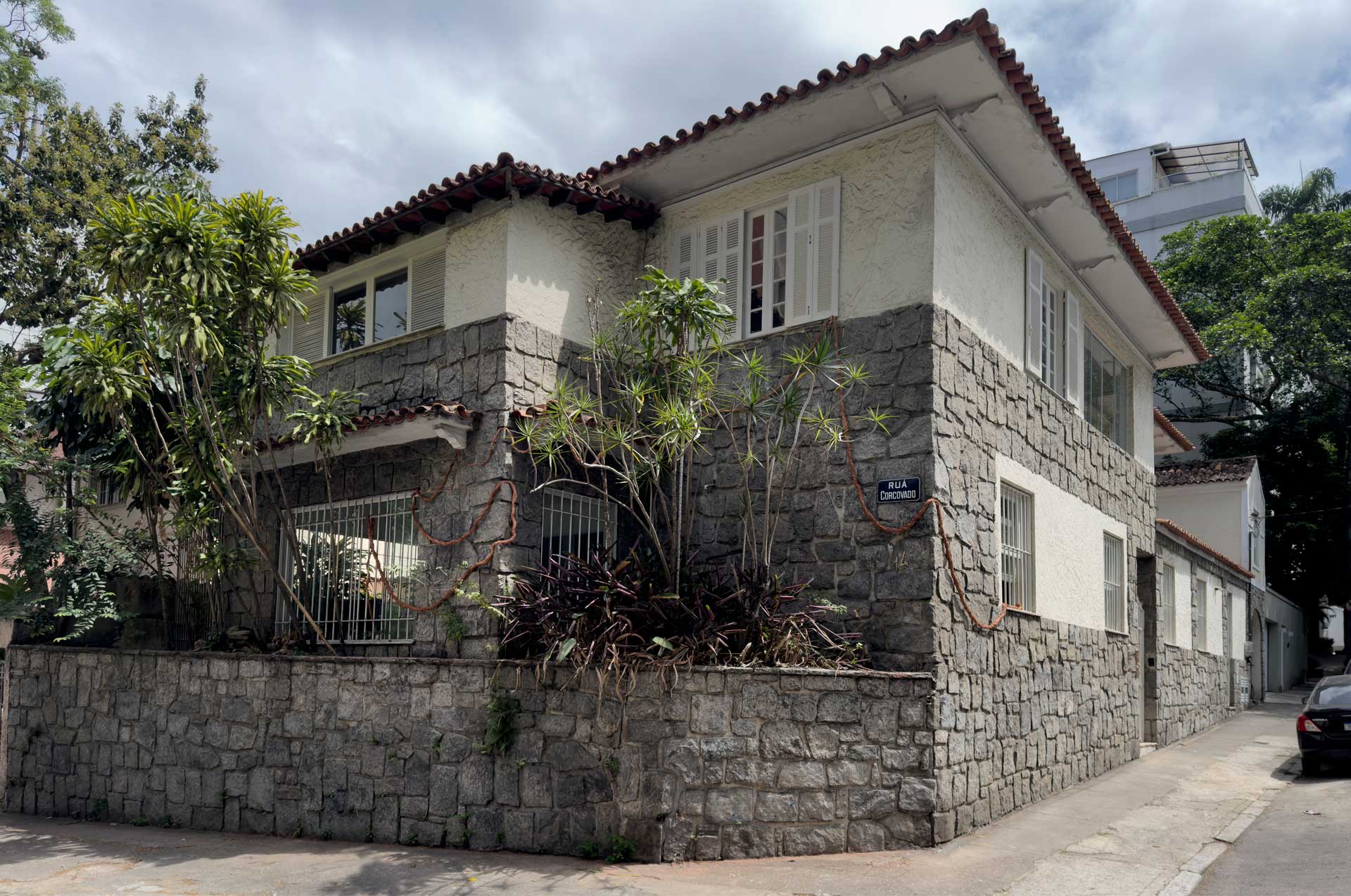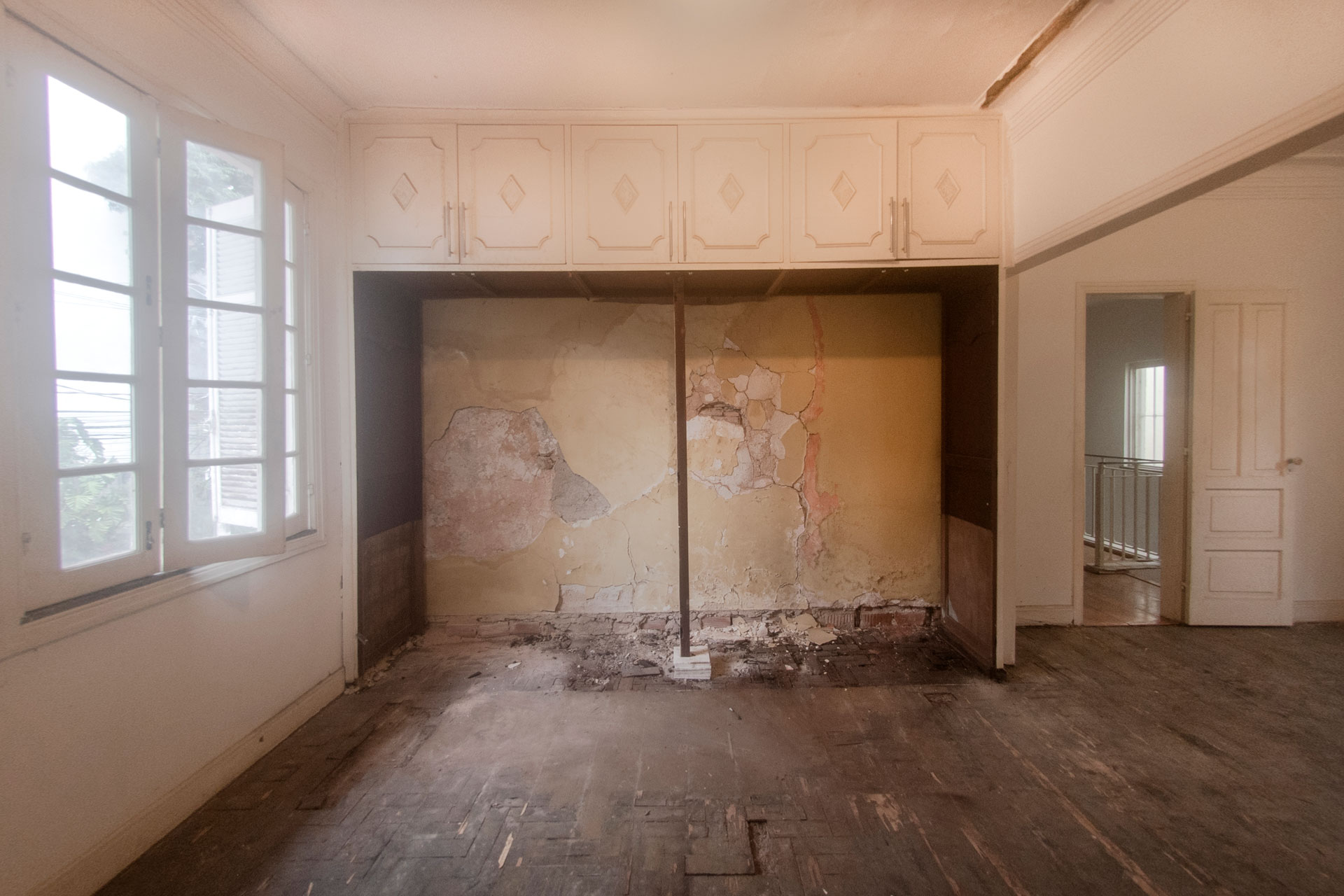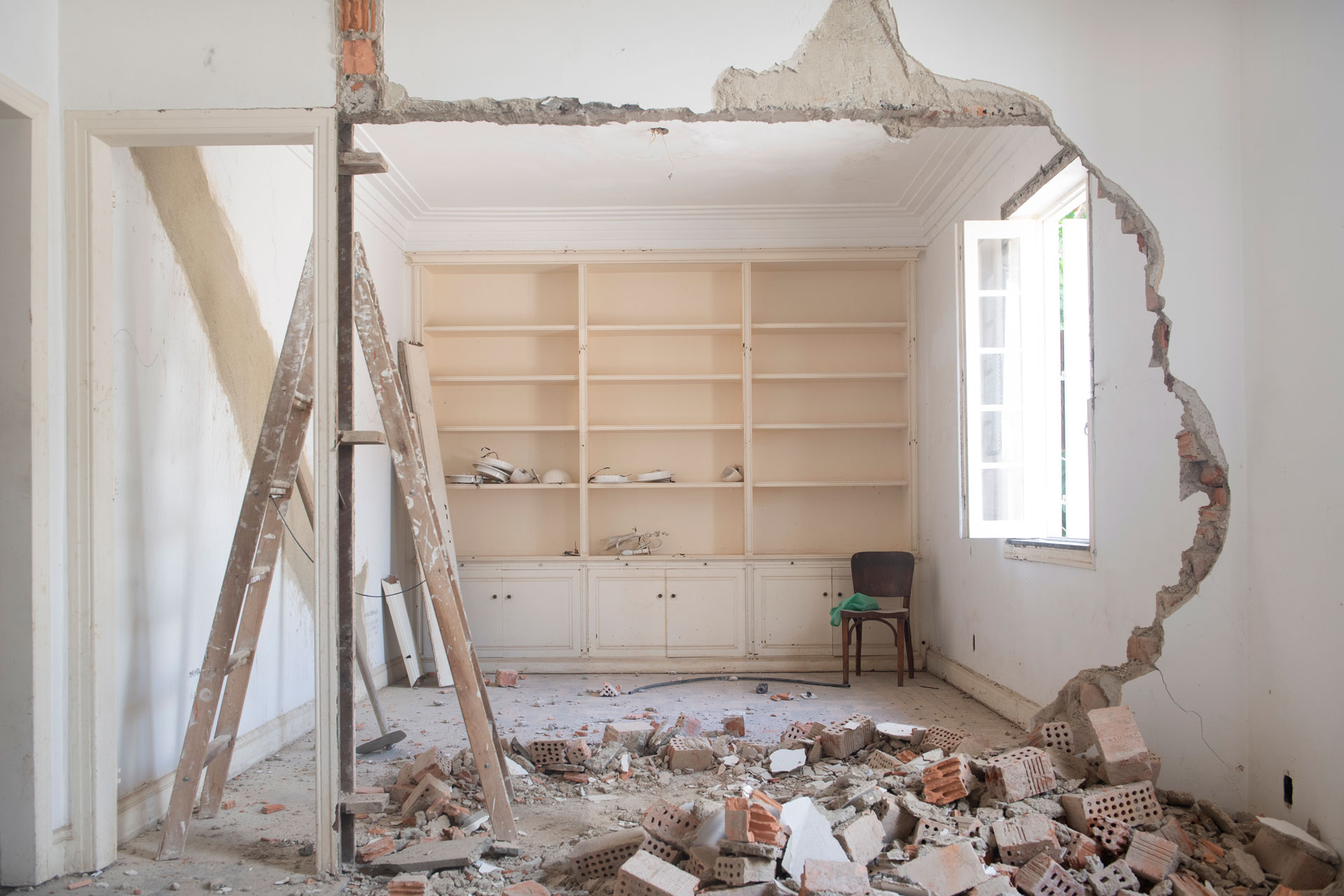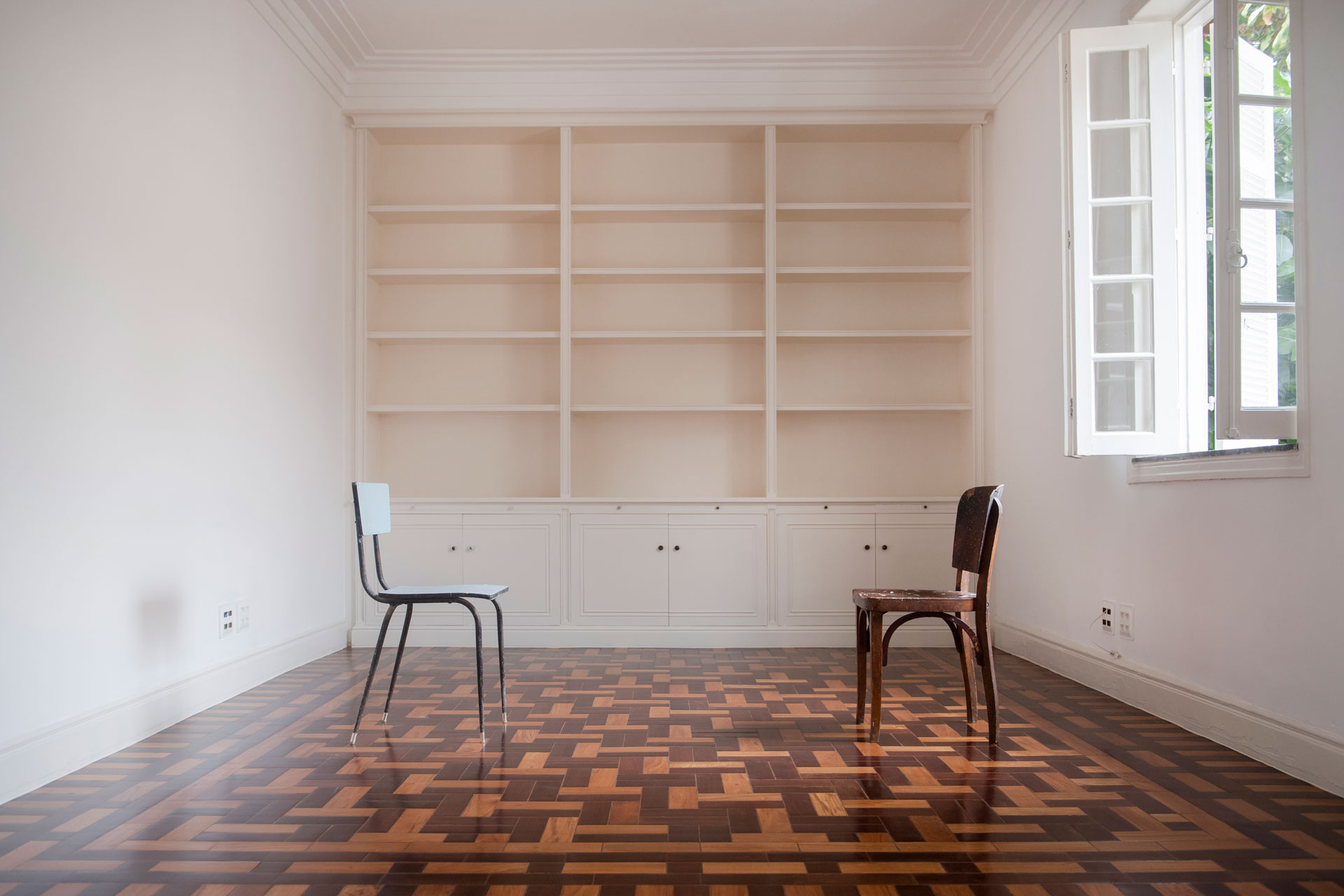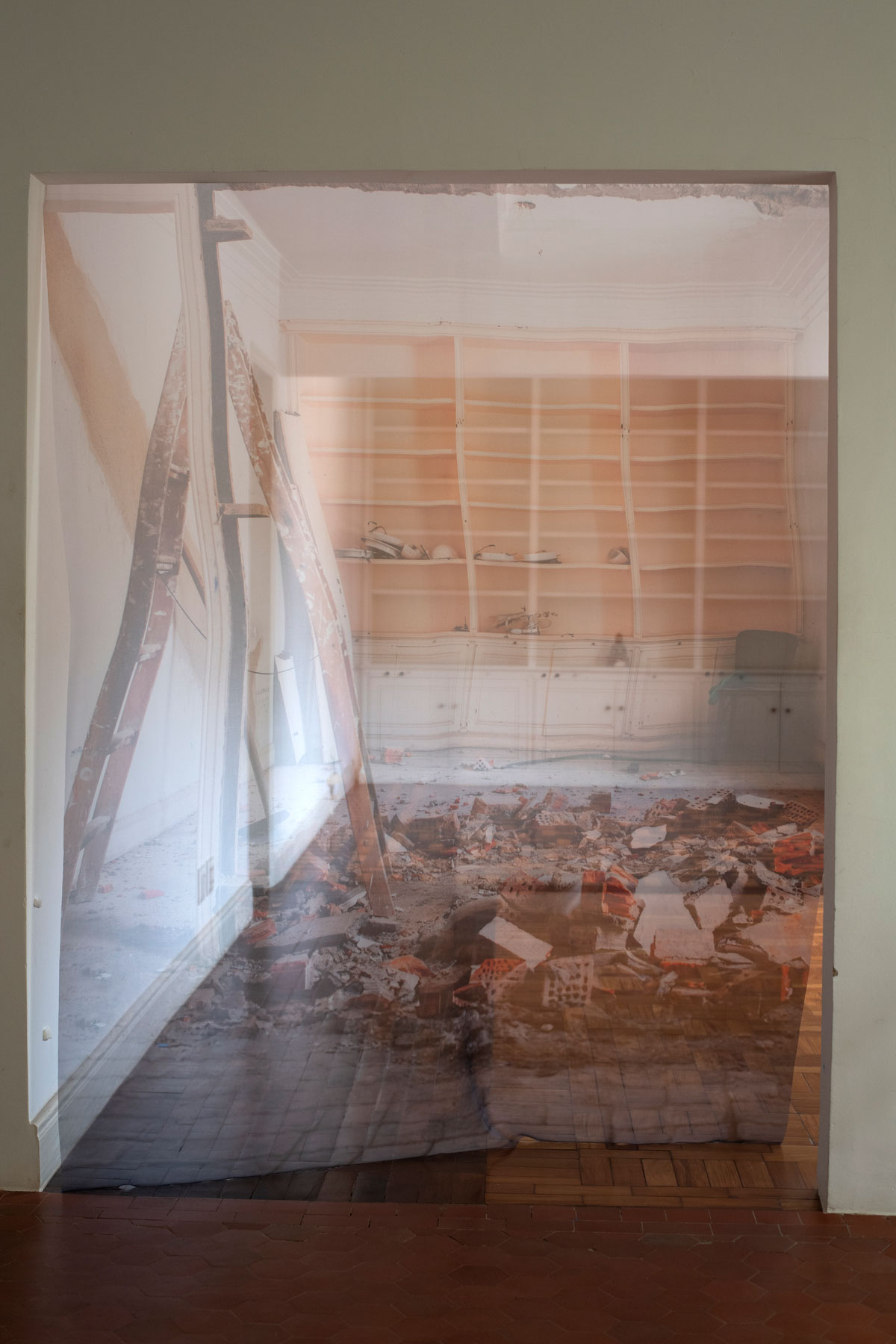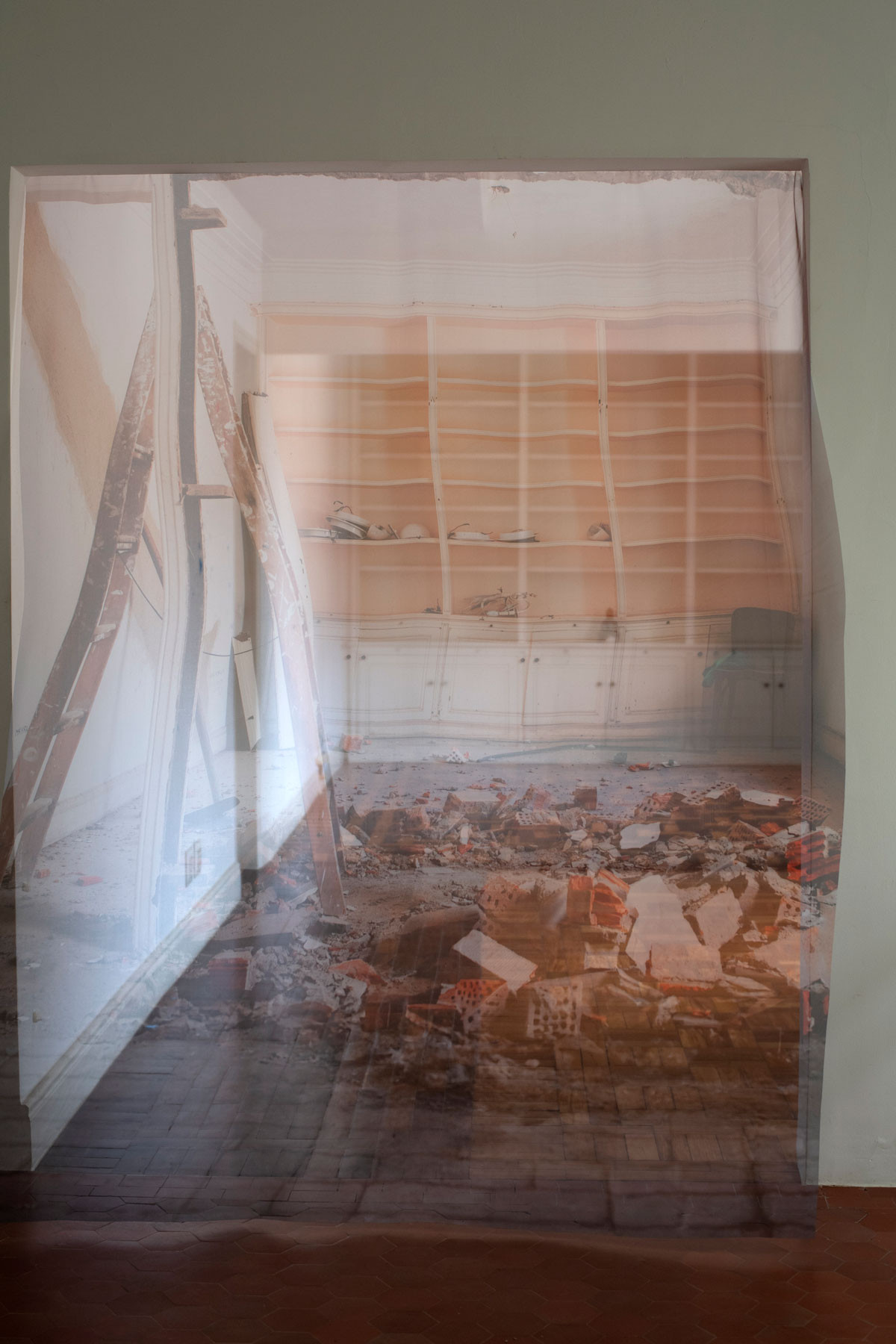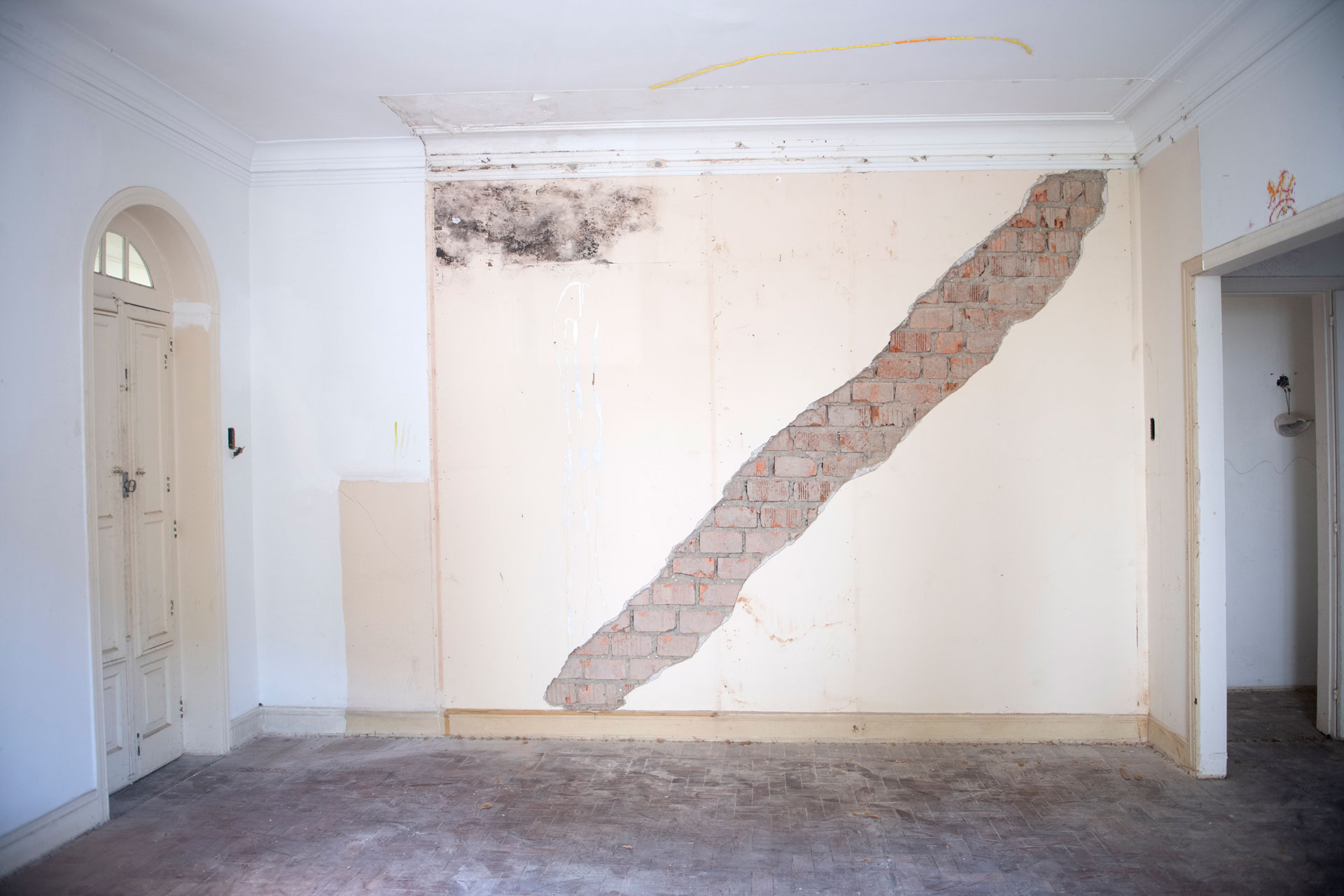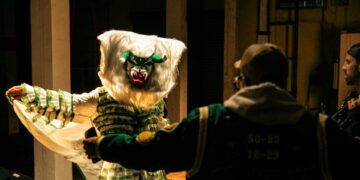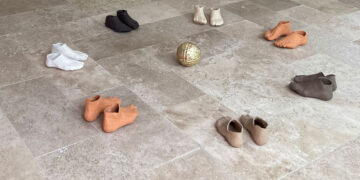These were some of the questions that surfaced as I began to shape this text. The truth is, any of these paths could have worked—and choosing just one wasn’t easy. I know Carol Chediak well and have followed Casa de Pedra’s journey since its earliest days. In the quiet of the night, I found myself doing what I often encourage artists to do: answering the question, “What makes the most sense?”
That’s how I found myself reflecting on Art Dialogues, a magazine devoted to expanding conversations around art. I chose to be guided by the magazine’s spirit and structure—and by my own way of engaging in dialogue—opting to write about paths and processes, journeys and affections.
This is a text about Carol and Casa de Pedra, but it’s also a text about myself. Because whenever we immerse ourselves in something, we inevitably leave behind traces of who we are.
The essence of my work draws from Heidegger’s notion of identity (in Identity and Difference), which challenges the formula A = A and instead asserts: “A is A, meaning each A is itself the same.” And so, I position myself here—committed to this place of closeness, seeking to explore the artist’s identity in conversation with Casa de Pedra.
Facade of Casa de Pedra, Jardim Botânico, Rio de Janeiro. Courtesy of Carol Chediak.
I first met Carol Chediak in June 2021, while we were still navigating the uncertainties of the pandemic. What followed was a journey of looking closely at—and especially listening to—her work. We reflected on affective memory and the force of life, on what moved her actions from within and without. Her interest in human connection and in listening—to her own body and to others—has always been central to her practice. Even then, the house—still lowercase—was already part of our conversations.
By choosing to confront her family home, long abandoned, Carol transformed her return into an act of sharing. She began inviting small groups of artists to visit. In her childhood bedroom, they would sit and talk about their own memories of growing up. From that intimate gesture, a relationship with the house began to unfold—not just as a place of personal history, but as the seed of an art project. This initial movement grew into site-specific interventions that accompanied the house’s renovation and transformation. It was a beautiful, challenging journey: recognizing the house as an artistic space and deciding to open it to the public.
Carol Chediak, Quarto de Infância, 2021. 5’54”. Courtesy of the artist.
Located in Rio de Janeiro, Casa de Pedra takes its name from the striking stone façade that defines its exterior. It was never meant to be a studio or exhibition space. It was Carol’s childhood home. After each family member moved away, the house stood empty for years. When Carol finally returned to it, she approached the space with presence and care, allowing her experience of it to gradually take shape as art. (For her, life and art are inseparable.) First came silence, then words, then gestures and creations. The “stone” in its name is no coincidence—it stands for structure, for presence. And the house, once simply a house, became a site of listening, exchange, and the weaving of art into life. Today, it feels less like a backdrop and more like an extension of the artist’s practice—or perhaps, a body of work in its own right.
Carol Chediak, Abrindo espaço no.4, 2021. Digital print on cotton paper, 28.7 x 43.3 inches. Courtesy of the artist.
In our conversations, we came to understand that Casa de Pedra is not simply a place that houses artworks—it is itself a work of art, always in transformation. What makes it remarkable is that it opened its doors to the public without relinquishing its essence as a home, a place to inhabit. A visit to Casa de Pedra isn’t an event—it’s an intimate experience. Art there doesn’t impose; it invites. The space has become an independent art platform, embracing what now feels like its true vocation. Perhaps that’s why it grows more vibrant each day, alive with movement. It is a space for studios, exhibitions, gatherings, and both national and international residencies. It welcomes artists, curators, researchers, children—people of all ages and identities—to propose, experience, and develop projects. It welcomes those who are open to engaging with art, with the space, and with one another.
Carol brought the Casa to life by infusing it with her poetics. Her art is rooted in process, shaped by a relational aesthetic in which materials and objects exist as traces, vestiges, or clues. Her work builds architectures of encounter—spaces for listening, for exchange—that resonate both personally and socially. In a world where individualism often prevails, there’s a pressing need to expand our capacity for attention and care, to foster more conscious, respectful (and as Carol would say, more affectionate) ways of living together.
This merging of life and art—this act of turning art into a way of being—is deeply moving. I believe that artists assert their presence in the world by responding to the questions of their time, through aesthetics, experience, and sensibility. Writing about Carol and Casa de Pedra is, in this sense, also writing about something I deeply believe in: that art can be a site of presence, of sharing, of meaning.
Carol Chediak, Abrindo espaço no.1, 2021. Digital print on cotton paper, 28.7 x 43.3 inches. Courtesy of the artist.
Carol Chediak, Outra luz, mesmo lugar no.1, 2022. Digital print on cotton paper, 28.7 x 43.3 inches. Courtesy of the artist.
As I’ve said, Carol Chediak draws no line between art and life. Her practice emerges from daily experience, from listening, from relationships, from an attunement to both the sensitive body and the social body. While she works across various media—installation, photography, video, performance—what defines her most is her presence.
Her path is a continual search for meaning through encounter. And perhaps that’s why Casa de Pedra became such a natural extension of her work: the house is activated as a sensitive body, just as she activates the sensitivity of others. Carol doesn’t impose—she proposes.
Following her journey, I’ve come to see how her practice is rooted in delicacy—not in the sense of fragility, but in radical attention. She sees what others overlook. She pauses where most would pass. And in that act of lingering, her art arises. In a time driven by urgency and overproduction, Carol insists on the tenderness of meaning-making—through care, affection, listening, and patience.
In this way, Casa de Pedra mirrors her way of being in the world. It’s not merely a site where art occurs—it is itself a living installation, a poetic dwelling.
Gisele Bento Fernandes is an explorer of artists’ inner worlds and the essence of art itself. She offers individualized support to artists and works as an independent curator. Currently, she is pursuing a Master’s degree in Aesthetics and Art History at the University of São Paulo (USP) and is a member of the research groups HISTARTHE – Histories of Art: Historiography and Epistemology (MAC USP) and Digital Collections and Research. She also holds a Master’s in Historical Culture and Communication from the University of Barcelona (UB), a postgraduate degree in Publishing, and has professional experience in book publishing. Her academic foundation and early career lie in Education.
To know more about Gisele Bento: @giseleben
Carol Chediak, Respirando tempos, 2024. Site-specific installation. Print on voile, 118.1 x 78.7 inches. Video documentation of the work, 41″. Courtesy of the artist.
Carol Chediak is a Brazilian visual artist who lives and works in Rio de Janeiro. Her practice explores human interactions in both their visible and invisible dimensions, considering the sensitive body as well as the social and collective body. Lived experience and observation are fundamental starting points in her creative process, which unfolds through photography, video, and performance as forms of aesthetic expression.
She studied at the Escola de Artes Visuais do Parque Lage for five years, holds a postgraduate degree in Art and Architecture History from PUC-Rio, and is the founder of Casa de Pedra. She is represented by RootK Gallery in Tokyo and Tuck on Hand in Seoul, and has a published book in South Korea.
To know more about Carol Chediak @carolinachediak // www.carolchediak.com
Casa de Pedra @casadepedra.arte
Carol Chediak, Abrindo espaço no.3, 2022. Digital print on cotton paper, 28.7 x 43.3 inches. Courtesy of the artist.
Hero image: Carol Chediak, Construir, 2021. Digital photograph printed on cotton paper, 28.7 x 43.3 inches. Courtesy of the artist.

